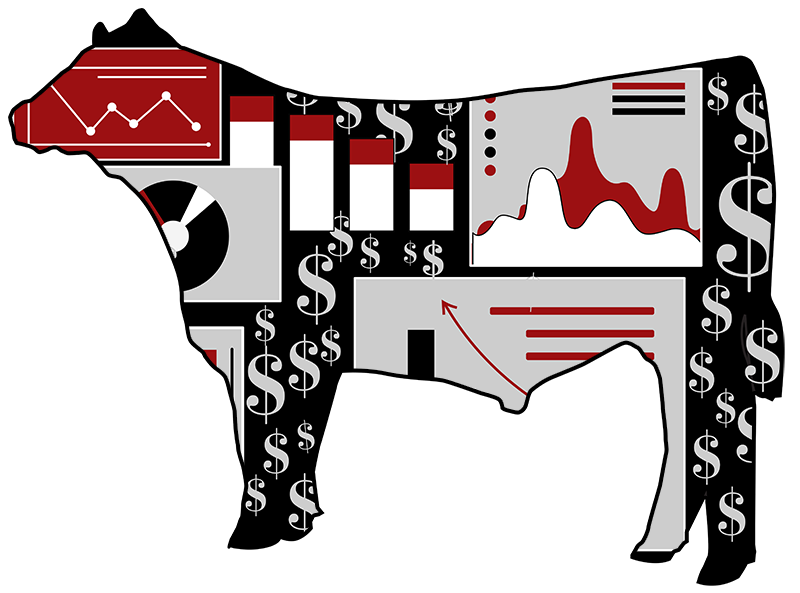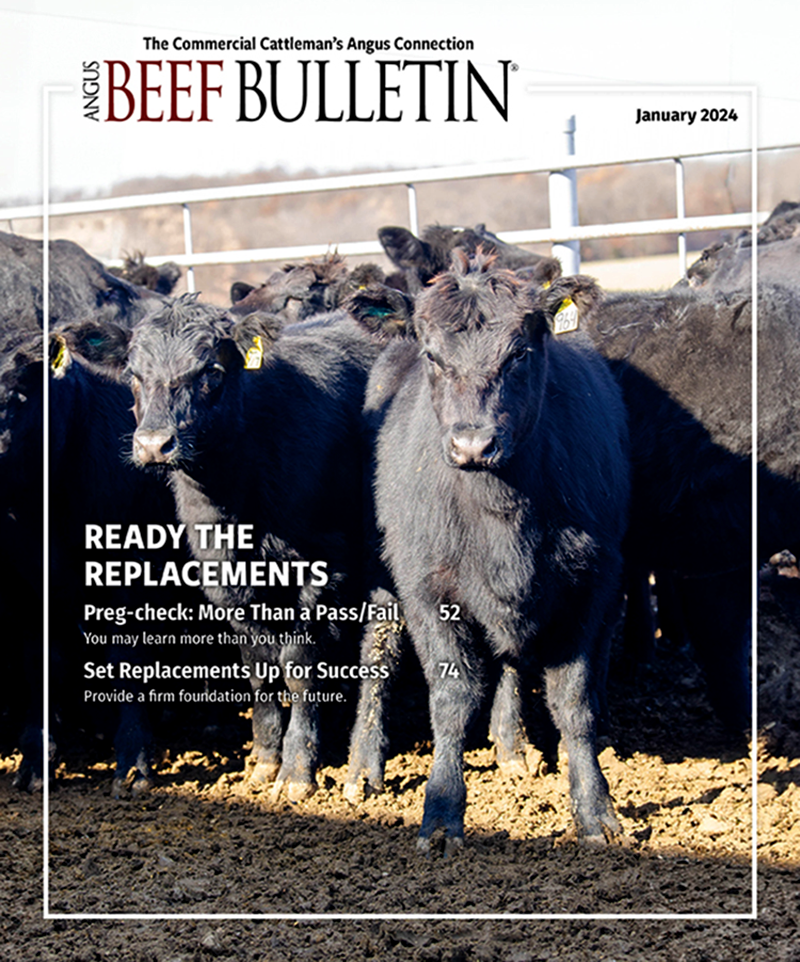
In The Cattle Markets
Cull cow and beef prices bounce higher.
Cull cow and bull prices moved a little higher to end the year on a positive note. After hitting $100 per hundredweight (cwt.) in early August, 90% lean, cutter-grade cows declined through most of the fall, reaching $78 per cwt. in early December. Those grade cows closed out the year at $85.86 per cwt.
Other grades, including premium white, breaker and boner grades also increased to end the year at their highest levels in more than a month.
The cow-beef cutout finished the year at $202 per cwt., a slight uptick from the prior week. It looks like the cutout will begin 2024 at almost $10 per cwt. ahead of January 2023, where it began last year at $194 per cwt.
The overall decline in fed-cattle prices certainly affected cull cow prices. But, cull prices normally decline in the fall as large numbers of cull cattle are sent to market.
Weekly beef cow slaughter hit its high for the year, 83,200 head, in mid-November. When combined with reduced dairy culling, weekly total cow slaughter this fall did not reach a new high for the year. The largest weekly total cow slaughter was 148,800 head back in mid-January. The combination of 2023 beef cow slaughter declining 11% from 2022 and dairy cow slaughter increasing 1.3% led to a total decline of 5.7% in 2023. We should expect a year-over-year decline in cow slaughter again in 2024.
What to watch
Weekly cow slaughter can be very large early in the year, so a relative increase in culling in January and February should not be a surprise. More cattle on feed than a year ago and recent record-high fed-cattle weights should mitigate beef production declines even though smaller overall beef supplies will remain.
The winter storm on its way for the next one to two weeks should affect production and consumer beef purchases, adding a little volatility. Overall, the normal seasonal increase in cull cow prices should be in play this year at even higher price levels than last year.
Editor’s note: David Anderson is professor and extension economist for the Texas A&M AgriLife Extension Service. This article is reprinted with permission from the Livestock Marketing Information Center website, www.lmic.info.



